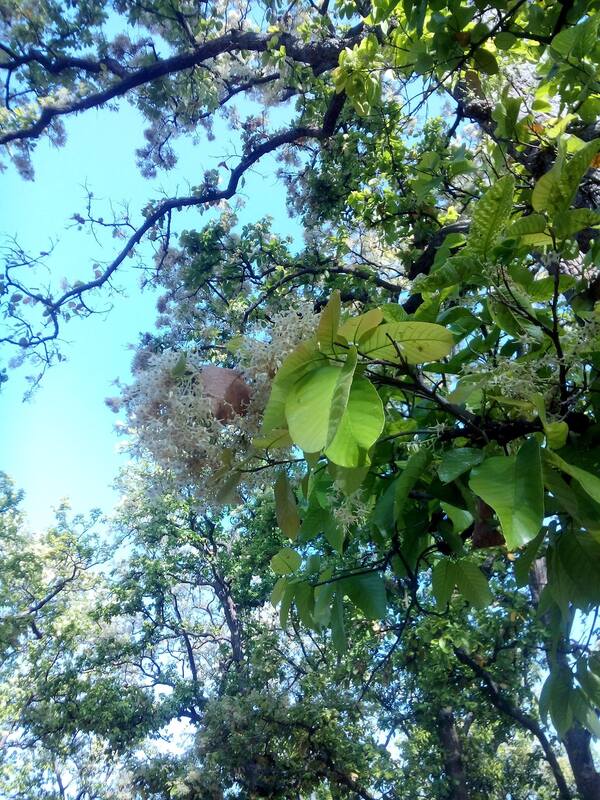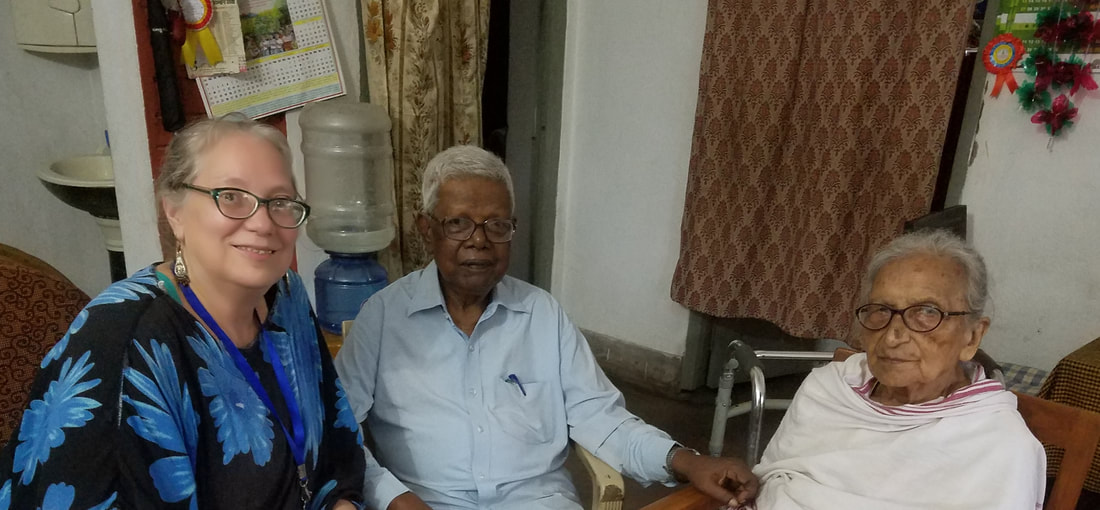
My prayer goes out to all who are in lockdown, quarantine, or self-isolation during this Covid-19 pandemic. We are all challenged by this and some are most devastated by these developments while others are simply inconvenienced. We have an opportunity to be there for each other, even across the seas. It can also be an opportunity for us to resort to talents and tools that may have laid dormant in our normal life. Life for a while will not be "normal" so we must be resourceful.
It is for this reason that I am calling for people to send me Adivasi stories that I will then post on this blog. Please submit short stories to [email protected]. This is a continuation of the Preserving Our Heritage Writing Workshops that I conducted in 2018 and 2019 in India. To learn more click on this button.
Here is an initial sample just sent to me by Cyril Hans in Ranchi
Friday 27 March 2020 Sarhul (Flower Festival), Ba/ Baha Portob (in Mundari, Santhali, Ho). Celebrated today. Owing to lockdown no usual processions of revellers in town this year. Sher Shah Suri in 1538 stormed the fort of Rohtasgarh in Behar on the day of Sarhul festival. Milkmaid going in and out of Fort told the Afghan soldiers a secret. That Oraon men are usually drunk on this day. So the soldiers attacked the fort to capture it from the Kurukh speaking Oraons on Sarhul day. It was Singi Dai (सिंगी दाई), D to be pronounced as in (the), who along with her friends, Champa and Kaili led the fight, dressed as men. Mighty Afghans did not believe until told by the milkmaid to watch the Kurukh women fighters washing their faces by both the hands in the stream, as against men who normally use one hand to wash their faces. Another example is this lovely article I found published in The Hindu in 2015. Please, click botton to read:
(by Cyril Hans)Here is yet another example of recording a story that is told and retold of an elderly Ho couple:
One day there was no rice at home and no food was being cooked. But the household help boy found the leaves of the tree at the back of their house. It is eaten by all tribals in Chota Nagpur, and is known by various names, as Munga, Sajna, Sooti, (drumsticks) etc. and is considered a medicinal plant and tree. Because its leaves, flowers and long green fruits are eaten as vegetable and its barks and even roots are medicinal. Leaves are considered good for controlling blood pressure. When it was served to the old couple after boiling it, either a visitor or his helper boy was said to have declared, ‘this old man said such a long prayer even for a small portion of this green leaves as a whole meal!’ ------------------------------ Also see what Ferdinand Hahn wrote early in the 1900s about the Oraon celebration of the Sarhul Festival:
https://www.amongtheoriginaldwellers.com/selected-readings/sarhul-festival
0 Comments
|
Click here to learn more!
AuthorMary Girard with Bishop Nirmal Minz and his wife, Parakleeta, two remarkable leaders of the Adivasi Christians of Jharkhand. They are writer's themselves and have encouraged me much in my pursuit as a writer and have inspired many others. I am an author of my first book that is seeking publication. Among the Original Dwellers: Remembering Ferdinand Hahn, tells of the life story of my great great grandfather who was a missionary from 1868-1910 in Chota Nagpur. In writing his story I discovered the story of the Adivasi of the region who were also impacted by his life. I am now committed to inspiring others to learn and write about their Christian Adivasi heritage. Archives
April 2022
Categories |

 RSS Feed
RSS Feed